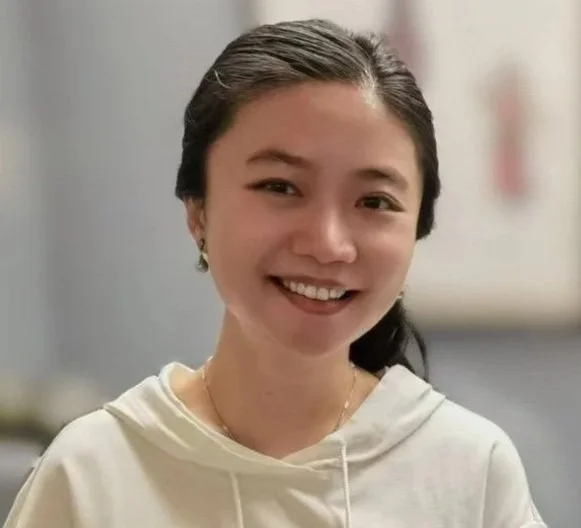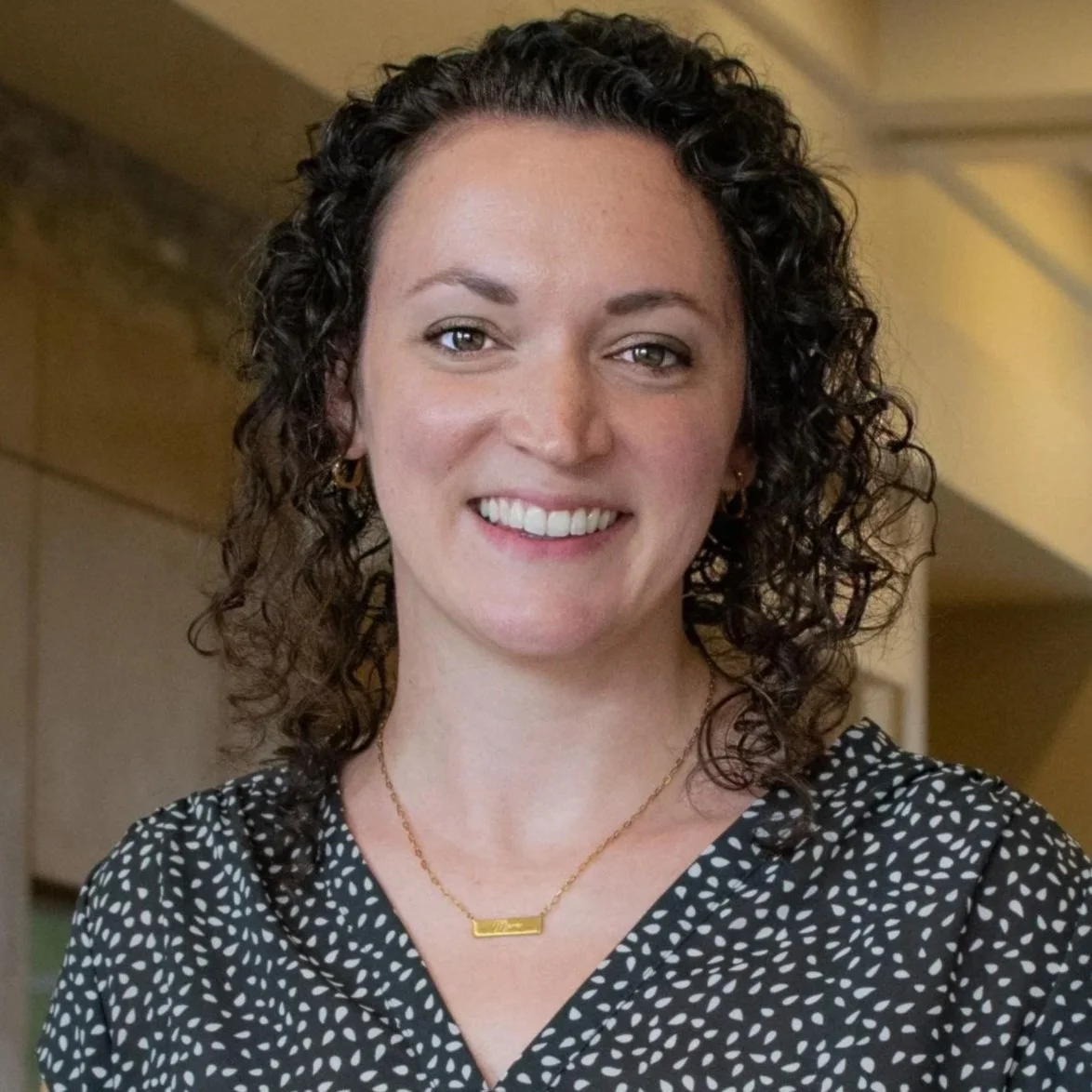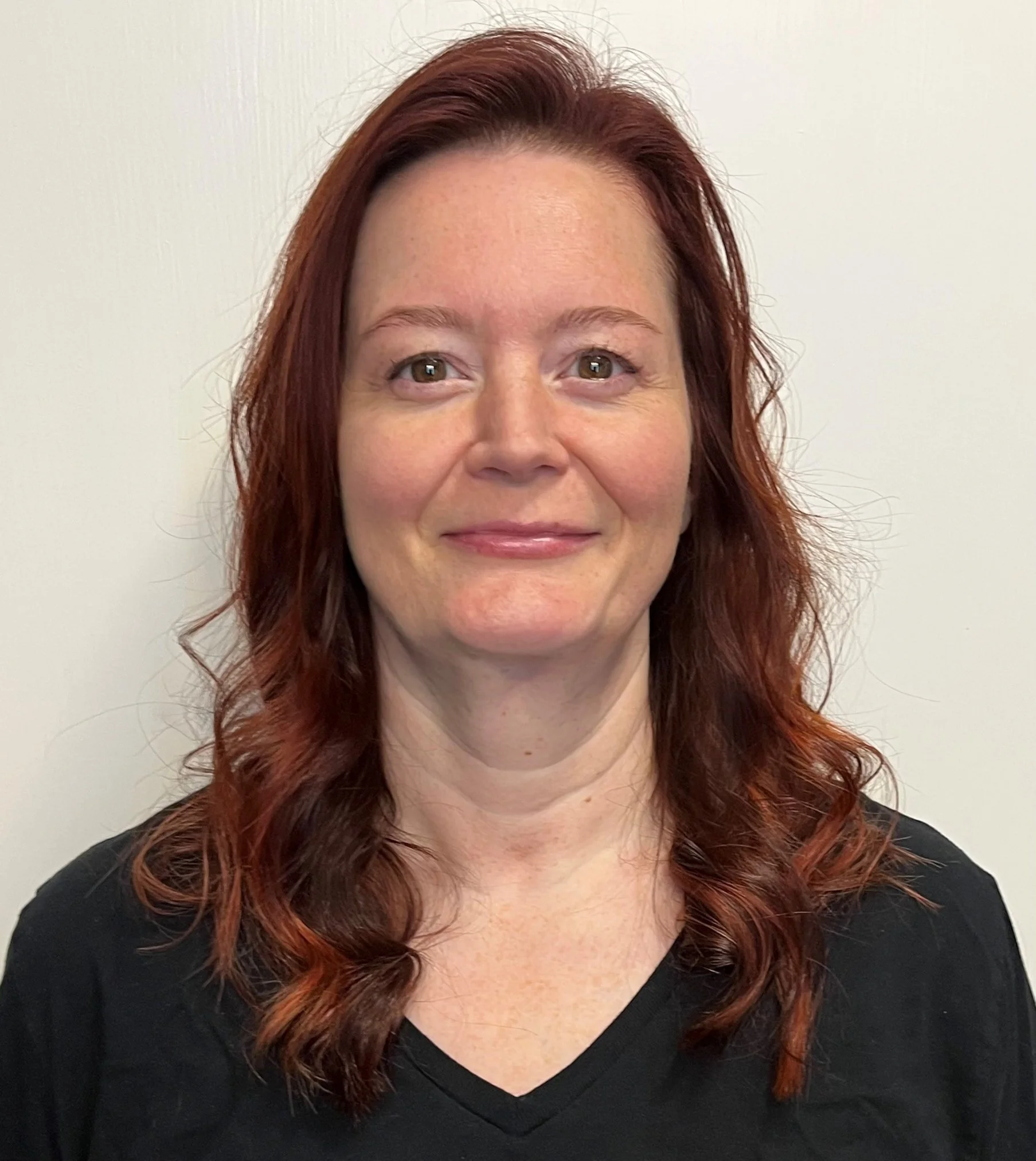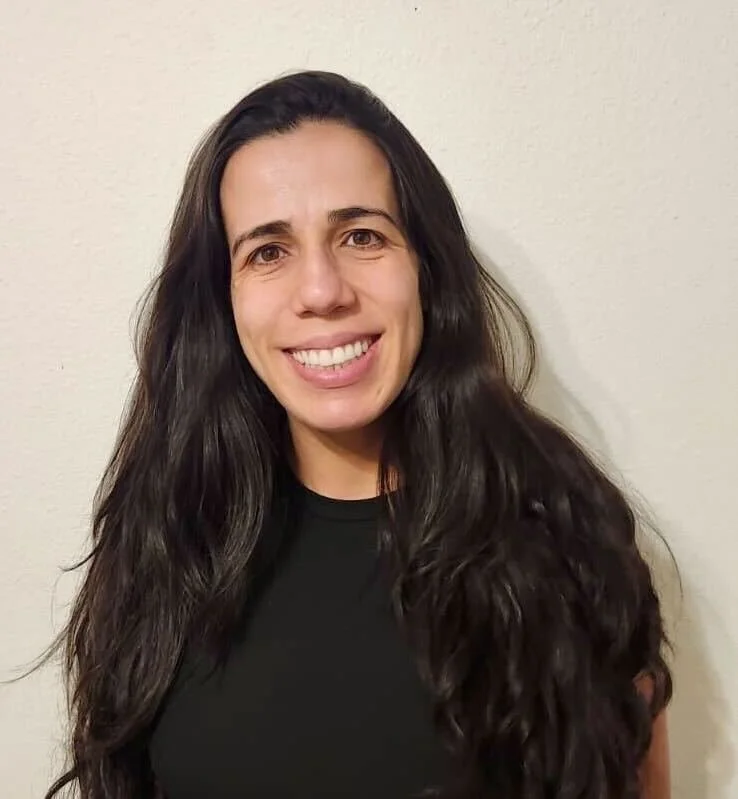![Hui Hong, Ph.D.]()
Creighton University
Peripheral auditory input regulates lateral cochlear efferent system
When we think about hearing, we often picture sound traveling from the ear to the brain—a one-direction sensory pathway. However, hearing also involves a lesser-known feedback system called the auditory efferent system, which sends signals from the brain back to the ear. This system helps regulate how we hear in different sound environments and plays a protective role for the inner ear. Hearing loss is a prevalent health issue in modern society and is closely associated with other auditory disorders. Most research on hearing loss has focused on the sensory pathway. In contrast, much less is known about how the efferent system contributes to these conditions.
This project focuses on the lateral olivocochlear (LOC) neurons, the most abundant auditory efferent neurons, to understand how their function changes after noise-induced hearing loss. These changes include both the neurons’ own activity and the inputs that regulate that activity. A key question is whether the observed changes are driven directly by noise exposure or by the resulting hearing loss. To address this, we will compare LOC function following noise- induced hearing loss with that following non-noise-induced hearing loss, the latter produced by targeted ear lesions. Our approach combines whole-cell patch-clamp electrophysiology, a classic technique for recording the activity of individual neurons, with state-of-the-art optogenetics, which allows precise control and study of neuronal inputs. This research will deepen our understanding of how hearing loss impacts the auditory efferent system and help resolve inconsistencies observed in clinical studies on efferent involvement in conditions such as central auditory processing disorder, hyperacusis, and tinnitus. Ultimately, these insights will guide clinicians in refining therapeutic interventions by pinpointing dysfunctions within the brain and suggesting strategies for functional recovery. They will also help tailor treatments based on the underlying cause of hearing loss.













